-
 bitcoin
bitcoin $118548.520763 USD
3.67% -
 ethereum
ethereum $4352.564943 USD
4.79% -
 xrp
xrp $2.964058 USD
4.22% -
 tether
tether $1.000565 USD
0.05% -
 bnb
bnb $1028.372955 USD
1.46% -
 solana
solana $221.373507 USD
6.00% -
 usd-coin
usd-coin $0.999933 USD
0.02% -
 dogecoin
dogecoin $0.248633 USD
6.85% -
 tron
tron $0.341444 USD
2.38% -
 cardano
cardano $0.852946 USD
5.82% -
 hyperliquid
hyperliquid $47.869306 USD
6.15% -
 chainlink
chainlink $22.561476 USD
6.01% -
 ethena-usde
ethena-usde $1.001258 USD
0.05% -
 avalanche
avalanche $30.660000 USD
2.06% -
 stellar
stellar $0.400917 USD
9.76%
What is the funding rate for Ethereum contracts?
Ethereum's perpetual contract funding rate aligns futures prices with spot prices by transferring payments between longs and shorts every 8 hours, based on market premium or discount.
Sep 29, 2025 at 07:00 pm
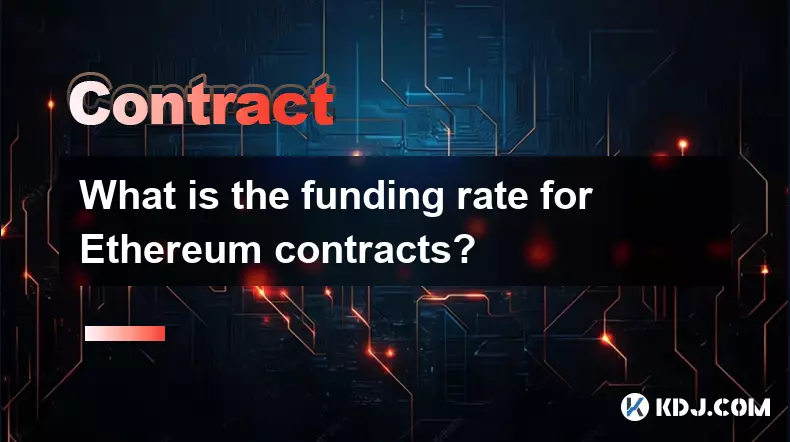
Funding Rate Mechanism in Ethereum Perpetual Contracts
1. The funding rate is a mechanism used in perpetual futures contracts to anchor the contract price to the spot market price of Ethereum. It ensures that the futures price does not deviate significantly from the underlying asset’s value. This periodic payment flows between long and short position holders depending on whether the contract trades at a premium or discount.
2. When the perpetual contract trades above the spot price, the funding rate becomes positive. Longs must pay shorts, discouraging excessive bullish leverage and helping bring the price back in line. Conversely, if the contract trades below the spot price, the funding rate turns negative, with shorts paying longs to correct bearish imbalances.
3. Funding rates are typically calculated every 8 hours on major exchanges like Binance, Bybit, and OKX. Traders with open positions at the time of settlement are subject to the payment or receipt of funds based on their side of the trade. This process happens automatically without requiring position closure.
4. The formula for funding rate usually combines the interest rate component and the premium index. Although the nominal interest rate for crypto assets is often set near zero, the premium index adjusts dynamically based on the difference between mark and index prices, along with other factors like moving averages of basis spread.
Factors Influencing Ethereum Funding Rates
1. Market sentiment plays a crucial role in shaping funding rates. During strong bullish trends, elevated demand for long positions drives up the contract price, leading to high positive funding rates. Traders willing to pay these rates expect further price increases that outweigh the cost.
2. Exchange-specific liquidity also impacts funding levels. Platforms with deeper order books and higher trading volumes tend to have more stable funding rates. In contrast, smaller exchanges may experience extreme fluctuations due to lower liquidity and higher volatility.
3. Macro-level events such as regulatory news, protocol upgrades (e.g., Ethereum’s transition to Proof-of-Stake), or macroeconomic shifts can trigger sudden changes in positioning. These events often lead to spikes in funding rates as traders rapidly adjust their exposure.
4. Arbitrage activity helps moderate funding rate extremes. Sophisticated traders exploit high funding environments by taking opposite positions across spot and futures markets, earning the funding payments while remaining delta-neutral.
Impact of High Funding Rates on Trading Behavior
1. Sustained high positive funding rates can signal over-leveraged long positions. This condition often precedes liquidation cascades if the market reverses, as exchanges automatically close leveraged positions, amplifying downward pressure.
2. Some traders actively monitor funding rates to inform their entry and exit decisions. Negative funding environments may attract yield-seeking participants who go long and collect payments from shorts, especially in sideways or slightly bullish markets.
3. Exchanges implement caps on funding rates to prevent unreasonable transfers. Even during volatile periods, the maximum rate is limited—usually between 0.75% and 1% per interval—ensuring the system remains functional and fair.
4. On-chain analytics tools now integrate real-time funding rate data, allowing users to correlate these metrics with open interest and volume. Such analysis helps identify potential trend exhaustion or continuation patterns within Ethereum’s derivatives market.
Common Questions About Ethereum Funding Rates
What causes Ethereum funding rates to go negative?Negative funding rates occur when the perpetual contract trades below the spot price. This usually happens during bearish market phases where short positions dominate. Shorts then pay longs to balance the pricing discrepancy.
Do all cryptocurrency exchanges use the same funding rate calculation?
No, each exchange employs its own variation of the funding rate formula. While most follow similar principles involving the premium index and interest rate, parameters like update frequency, smoothing mechanisms, and fee caps differ across platforms.
Can traders profit from funding rate differentials?
Yes, some traders execute funding rate arbitrage by holding long positions on exchanges with negative rates while shorting on those with highly positive rates. This strategy requires careful risk management due to execution delays and counterparty risks.
How often are funding payments settled?
Most major exchanges settle funding every 8 hours. Specific timestamps are usually aligned to UTC—commonly at 00:00, 08:00, and 16:00. Users must maintain sufficient margin during these intervals to avoid forced position closures.
Disclaimer:info@kdj.com
The information provided is not trading advice. kdj.com does not assume any responsibility for any investments made based on the information provided in this article. Cryptocurrencies are highly volatile and it is highly recommended that you invest with caution after thorough research!
If you believe that the content used on this website infringes your copyright, please contact us immediately (info@kdj.com) and we will delete it promptly.
- BlockDAG, DOGE, HYPE Sponsorship: Crypto Trends Shaping 2025
- 2025-10-01 00:25:13
- Deutsche Börse and Circle: A StableCoin Adoption Powerhouse in Europe
- 2025-10-01 00:25:13
- BlockDAG's Presale Buzz: Is It the Crypto to Watch in October 2025?
- 2025-10-01 00:30:13
- Bitcoin, Crypto, and IQ: When Genius Meets Digital Gold?
- 2025-10-01 00:30:13
- Stablecoins, American Innovation, and Wallet Tokens: The Next Frontier
- 2025-10-01 00:35:12
- NBU, Coins, and Crypto in Ukraine: A New Yorker's Take
- 2025-10-01 00:45:14
Related knowledge

What is the maintenance margin for Bitcoin contracts?
Oct 02,2025 at 01:36am
Decentralized Exchanges Gain Momentum in 20241. Decentralized exchanges (DEXs) have seen a significant rise in trading volume, surpassing centralized ...
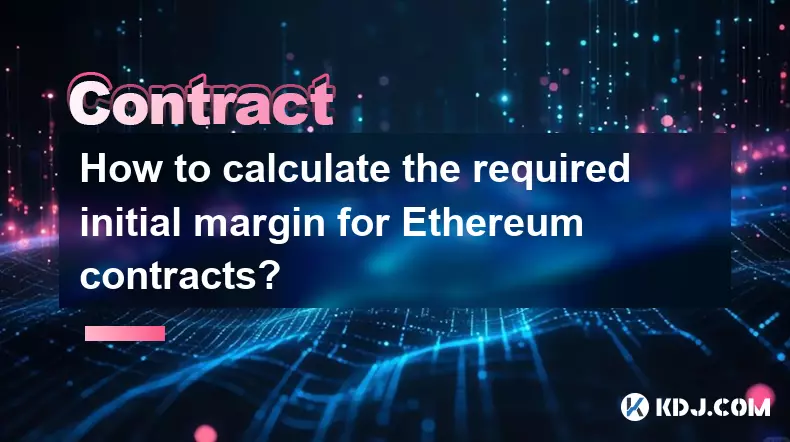
How to calculate the required initial margin for Ethereum contracts?
Oct 01,2025 at 06:01am
Understanding Initial Margin in Ethereum Futures1. The initial margin for Ethereum futures contracts represents the minimum amount of capital a trader...
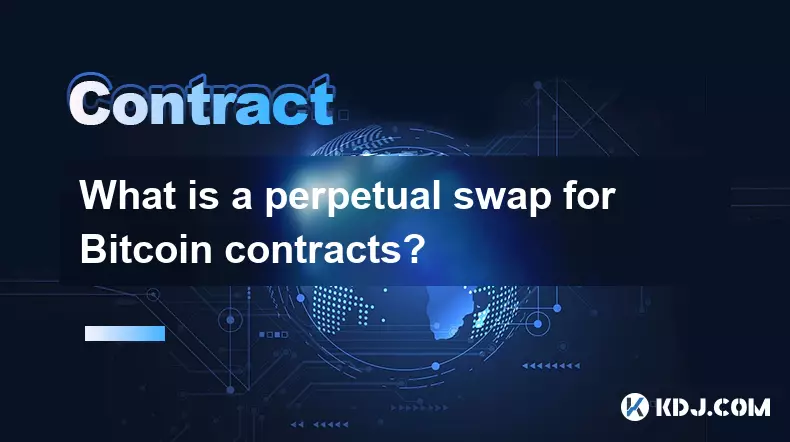
What is a perpetual swap for Bitcoin contracts?
Oct 01,2025 at 08:18am
Understanding Perpetual Swaps in Bitcoin Trading1. A perpetual swap is a type of derivative contract that allows traders to speculate on the price of ...

What is the best platform for trading SOL contracts?
Oct 01,2025 at 06:36am
Understanding the Role of Decentralized Exchanges in Modern Crypto Trading1. Decentralized exchanges (DEXs) have reshaped how traders interact with di...
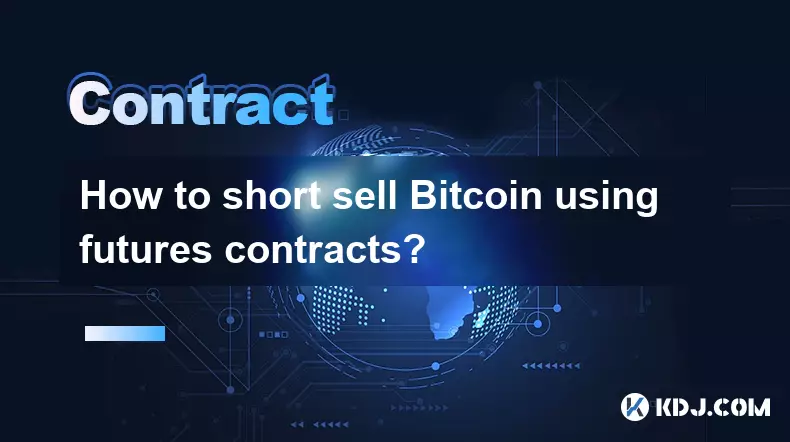
How to short sell Bitcoin using futures contracts?
Oct 01,2025 at 02:54am
Understanding the Role of Decentralized Exchanges in Crypto Trading1. Decentralized exchanges (DEXs) have become a cornerstone of the cryptocurrency e...
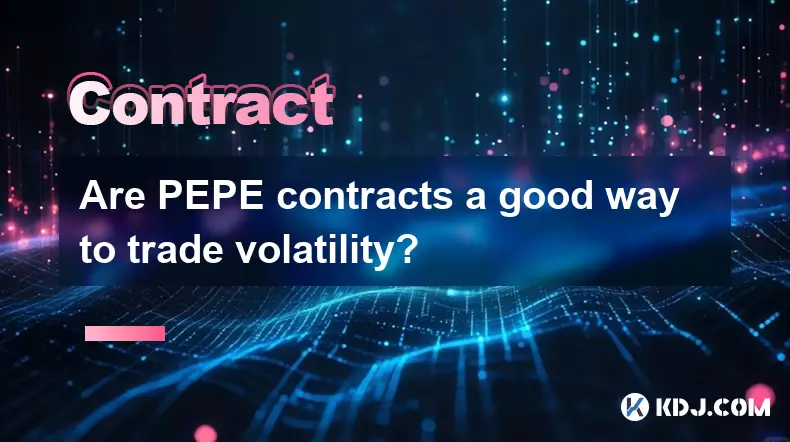
Are PEPE contracts a good way to trade volatility?
Oct 01,2025 at 04:18am
Understanding PEPE Contracts in the Cryptocurrency Market1. PEPE contracts, derived from the broader meme coin movement, have gained attention due to ...

What is the maintenance margin for Bitcoin contracts?
Oct 02,2025 at 01:36am
Decentralized Exchanges Gain Momentum in 20241. Decentralized exchanges (DEXs) have seen a significant rise in trading volume, surpassing centralized ...

How to calculate the required initial margin for Ethereum contracts?
Oct 01,2025 at 06:01am
Understanding Initial Margin in Ethereum Futures1. The initial margin for Ethereum futures contracts represents the minimum amount of capital a trader...

What is a perpetual swap for Bitcoin contracts?
Oct 01,2025 at 08:18am
Understanding Perpetual Swaps in Bitcoin Trading1. A perpetual swap is a type of derivative contract that allows traders to speculate on the price of ...

What is the best platform for trading SOL contracts?
Oct 01,2025 at 06:36am
Understanding the Role of Decentralized Exchanges in Modern Crypto Trading1. Decentralized exchanges (DEXs) have reshaped how traders interact with di...

How to short sell Bitcoin using futures contracts?
Oct 01,2025 at 02:54am
Understanding the Role of Decentralized Exchanges in Crypto Trading1. Decentralized exchanges (DEXs) have become a cornerstone of the cryptocurrency e...

Are PEPE contracts a good way to trade volatility?
Oct 01,2025 at 04:18am
Understanding PEPE Contracts in the Cryptocurrency Market1. PEPE contracts, derived from the broader meme coin movement, have gained attention due to ...
See all articles










































































